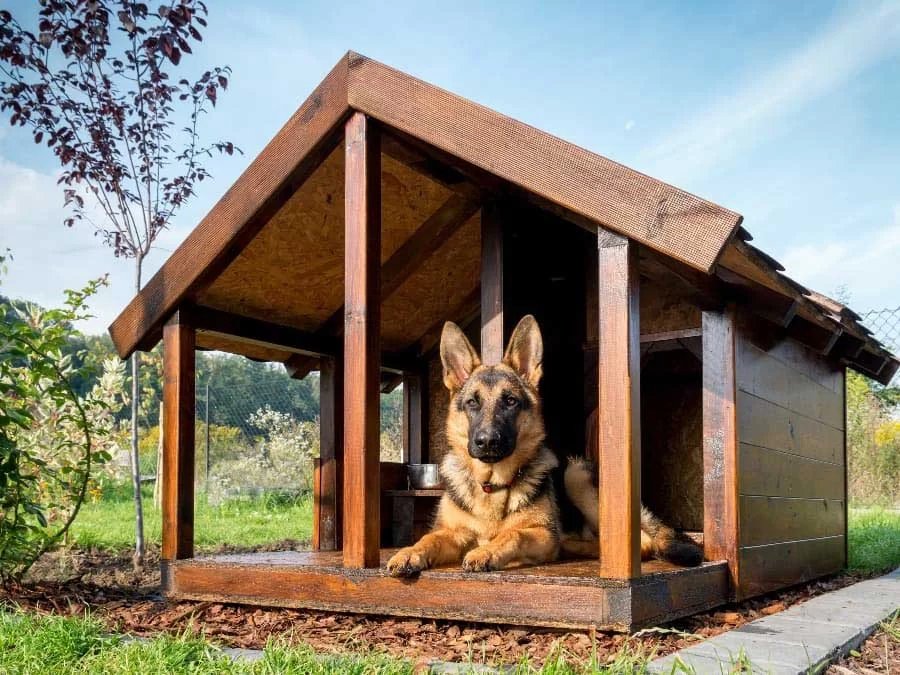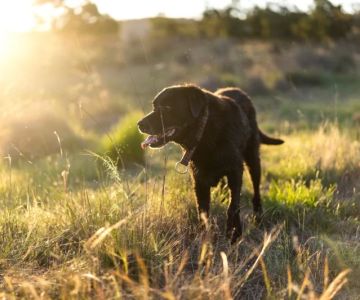- why-build-a-backyard-dog-house
- selecting-appropriate-materials-for-your-backyard-dog-house
- step-by-step-instructions-for-building-your-diy-dog-house
- designing-for-comfort-and-weather-protection
- real-life-success-story-of-a-backyard-dog-house-project
- finding-the-best-supplies-and-advice
1. Why Build a Backyard Dog House?
Building a backyard dog house is a wonderful way to provide your furry friend with a personal outdoor space that offers shelter, comfort, and security. Unlike buying a pre-made dog house, constructing your own allows you to customize the size, style, and materials to perfectly suit your dog’s needs and your backyard environment.
A well-built backyard dog house protects pets from harsh weather, including rain, wind, and excessive sun, while giving them a cozy retreat. Many dog owners find that investing time in a DIY dog house project strengthens the bond with their pet and offers a rewarding creative experience.
1.1 Benefits of a Custom Backyard Shelter
Besides comfort and protection, a custom-built dog house can be designed with additional features such as insulation, raised floors, and removable roofs for easy cleaning. These considerations ensure your dog’s health and well-being throughout all seasons.
2. Selecting Appropriate Materials for Your Backyard Dog House
The materials you choose directly affect the durability, comfort, and safety of your backyard dog house. Wood remains the most popular option due to its natural insulation properties and ease of construction.
2.1 Types of Wood and Finishes
Cedar and pine are ideal woods because they resist rot and insects naturally. It’s essential to use non-toxic, pet-safe paints or sealants to protect the wood from weather damage without harming your dog.
2.2 Alternatives and Enhancements
Some builders incorporate waterproof roofing materials like asphalt shingles or corrugated plastic to improve weather resistance. Using foam insulation panels inside the walls helps maintain a stable temperature, making the dog house usable year-round.
3. Step-by-Step Instructions for Building Your DIY Dog House
Building your backyard dog house can be a manageable project even for beginners if you follow a clear plan. Below is a structured approach to guide you through the process:
3.1 Planning and Measuring
Measure your dog to determine the appropriate size of the house. The interior should be large enough for your dog to stand, turn around, and lie down comfortably. Sketch the design, including the floor, walls, roof, and entrance dimensions.
3.2 Cutting and Assembling the Frame
Using quality lumber, cut pieces for the base and frame. Assemble the frame with screws or nails, ensuring it is sturdy and level. The base should be slightly elevated to prevent moisture from the ground affecting the structure.
3.3 Building Walls and Roof
Attach the walls securely to the frame, leaving space for ventilation. Construct the roof with a slight slope for water runoff, and cover it with waterproof material. Consider a removable or hinged roof for easy cleaning access.
3.4 Finishing Touches
Sand any rough edges and apply a non-toxic sealant or paint. Add bedding inside to enhance comfort. Position the dog house in a shaded, well-drained spot in your backyard.
4. Designing for Comfort and Weather Protection
Comfort and protection from weather extremes are crucial in backyard dog house design. Insulating the walls and floor helps keep the dog warm in winter and cool in summer.
4.1 Ventilation and Insulation
Proper ventilation prevents overheating and moisture buildup inside the dog house. Installing vents near the roof or at floor level supports airflow while keeping drafts away from your pet.
4.2 Door Design and Positioning
A door flap or vestibule can block wind and rain from entering. Position the entrance facing away from prevailing winds and consider adding an overhang or small porch for extra shelter.
5. Real-Life Success Story of a Backyard Dog House Project
Sarah from Michigan built a backyard dog house for her golden retriever, Buddy, after noticing he needed a better outdoor shelter during winter. Sarah chose cedar wood for durability and added foam insulation inside the walls. She customized the design with a sloped roof and a weather-resistant door flap.
Buddy quickly adapted to his new home, enjoying the cozy space and protection from harsh weather. Sarah shared that the project not only improved Buddy’s comfort but also gave her a fulfilling DIY experience. She credits expert advice and quality materials sourced through Hidden Brook Veterinary as key to her success.
6. Finding the Best Supplies and Advice
Gathering the right materials and expert advice is essential when planning how to build a backyard dog house. Hidden Brook Veterinary provides trusted recommendations for pet-safe paints, insulation materials, and construction tools suited for this project.
They also offer personalized guidance tailored to your dog’s size, breed, and local climate conditions to ensure the finished dog house offers maximum comfort and durability.












